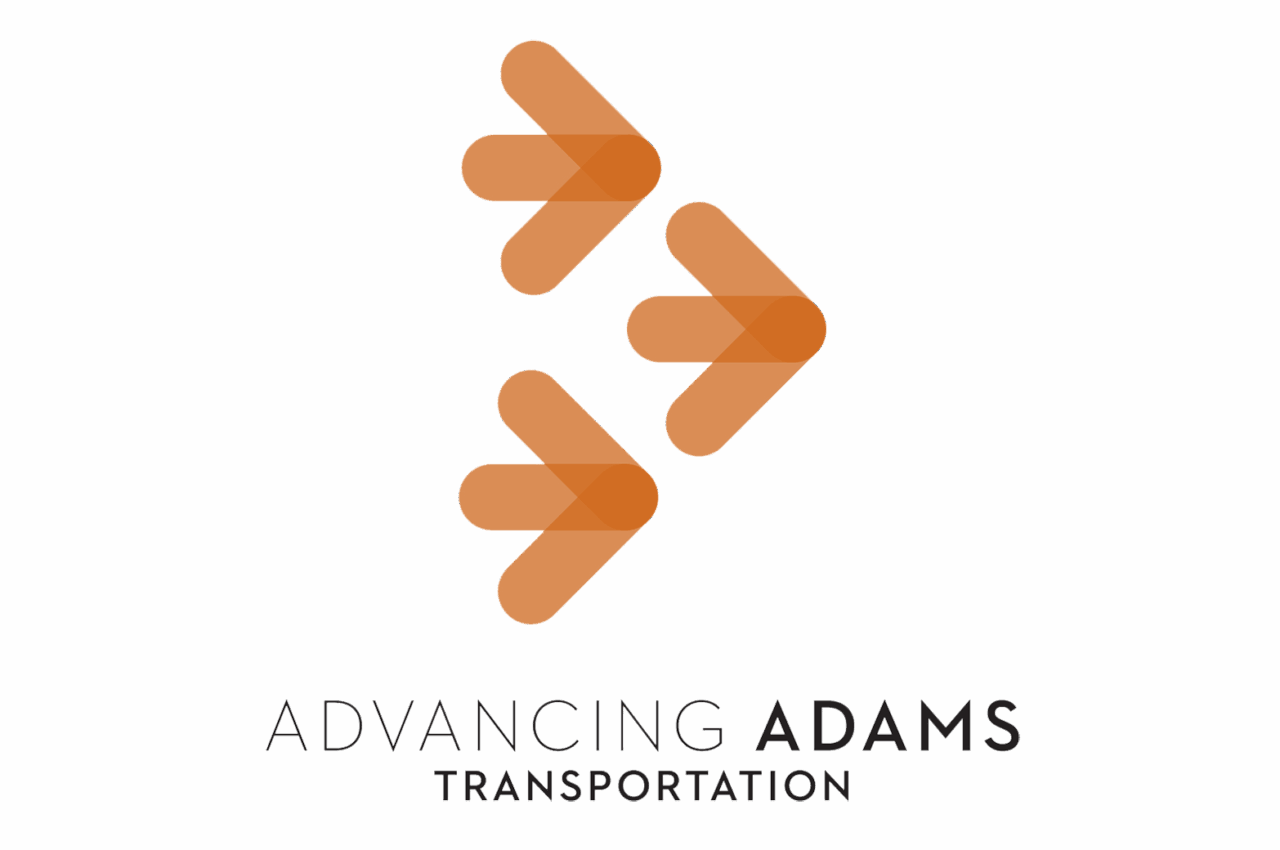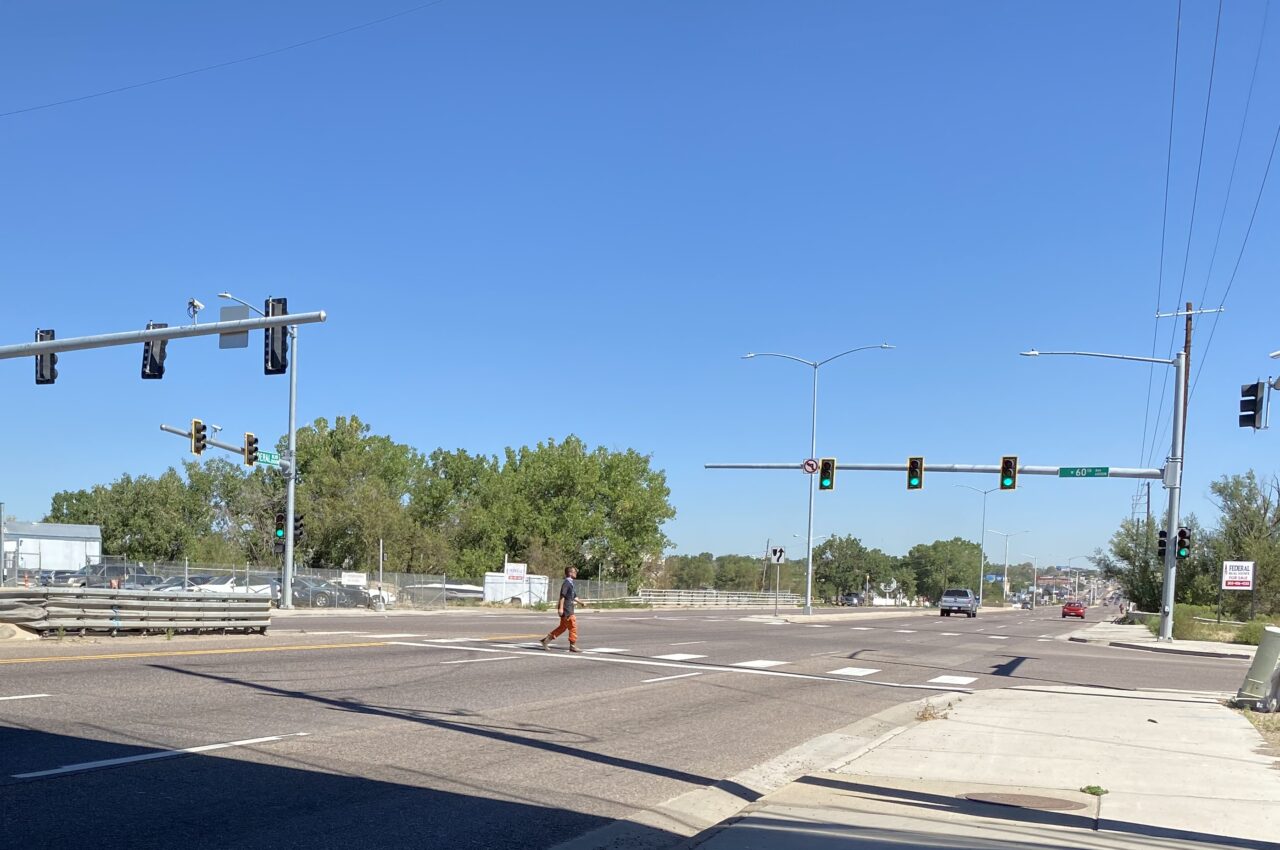Transportation Master Plan
Adams County Government is committed to providing a website that is accessible to the widest possible audience and advancing technology accessibility in all our county information and communication technology (“ICT”). We are actively working to increase the accessibility and usability of our ICT in accordance with Colorado Laws For Persons With Disabilities, HB 21-1110, as amended, and the rules promulgated by the Office of Information Technology of the State of Colorado. To view our accessibility statement, please click here.

Stay engaged and learn more. Email us with your questions, comments, or suggestions!
Learn more about the Comprehensive Plan update or the Parks, Open Space & Trails Plan update.
The Transportation Master Plan (TMP) sets a foundation that drives county transportation investment now and in the future. By identifying projects, programs, and policies that create a multi-modal transportation network for all ages and abilities that is safe, comfortable, connected, and convenient, the TMP ensures the county remains at the top of places to live, work, and play in the Denver metropolitan region.
Documentation
Full Document
Full Document with Appendixes
ES – Executive Summary
1 – Introduction
2 – Future Mobility Plan
3 – Roadway Network
4 – Pedestrian Network
5 – Bicycle Network
6 – Transit Network
7 – Innovation and New Technology
8 – Implementation and Monitoring
Appendix A – Existing Conditions Report
Appendix B – Community Engagement (see Comprehensive Plan documentation)
Appendix C – Scenario Framework
Appendix D – Prioritization Results
Previous Plan
2012 Transportation Plan
2012 Transportation Plan Appendices
The last TMP was adopted in 2012; a time when the county was seeing significant growth in the I-25 corridor and other parts of the western segment of the county. Today, growth has continued eastward now including areas north of Commerce City and Thornton, in and around Brighton, and along the 104th Avenue, 120th Avenue, and E-470 corridors. Working with the Comprehensive Plan and Parks, Open Spaces, and Trails plan updates, the TMP will blend a diverse mix of projects to address this growth, address safety and mobility, improve connectivity to new and emerging parts of the county, as well as marry transportation investment to development patterns.

As the TMP is developed through early 2022, the mix of projects will seek to leverage existing resources, identify innovative ideas, aligning transportation investment with land use patterns, and coordinating regionally and locally. Early in the development of the TMP, the consultant team and staff identified several key themes:
- Prioritizing recommendations for all modes including walking, biking, transit, and automobiles
- Strategically upgrading rural roads to improve accessibility to services and amenities throughout the county and region
- Integrating innovation/emerging mobility such as personal scooters and self-driving vehicles
- Managing growth
- Improving safety
- Considering strategic, fiscally minded investments
- Evaluating strategic corridors